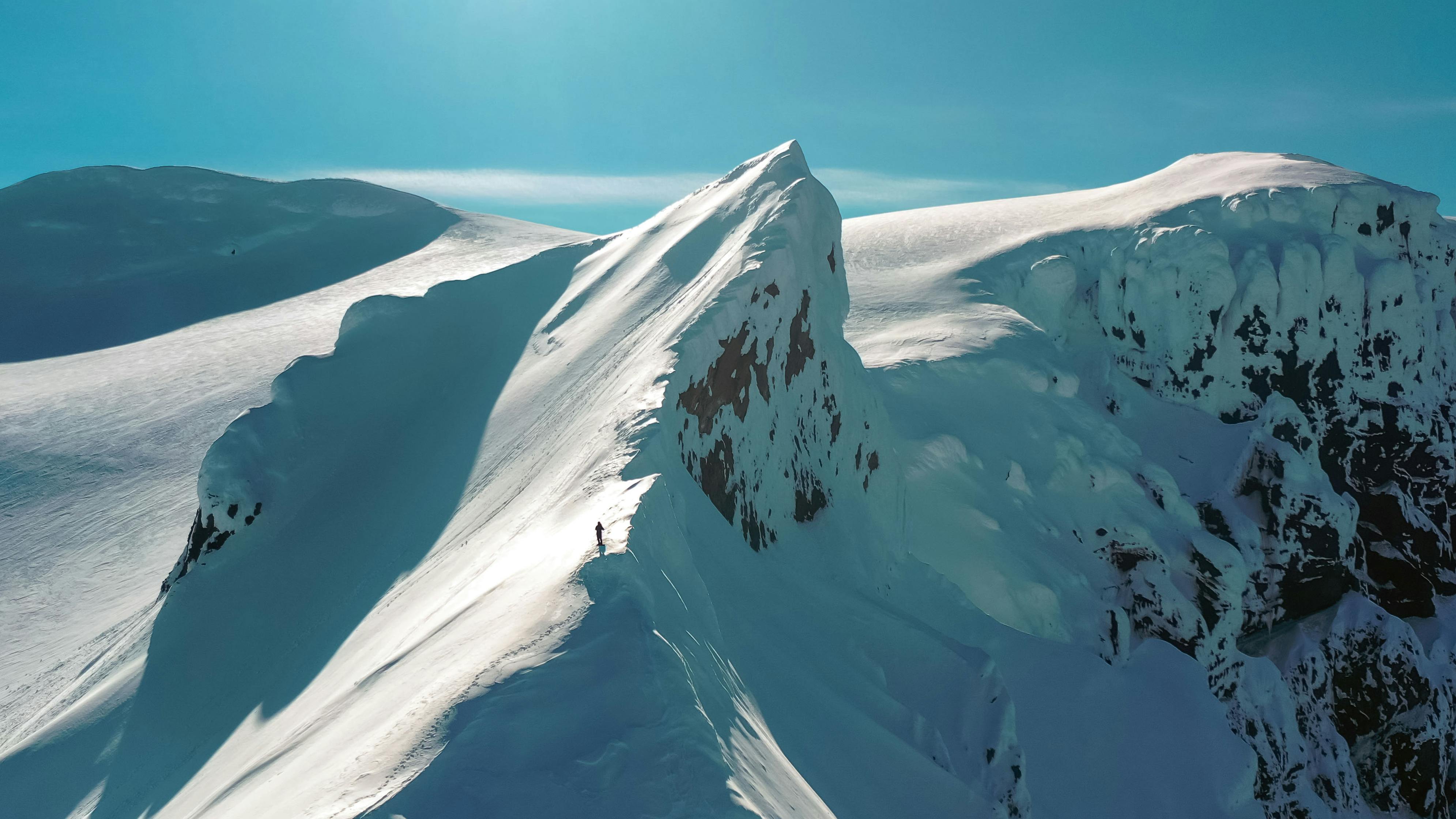
Snæfell
Queen of the East
Snæfell is often called the queen, the queen of the Mountains in the Icelandic East and it’s not without a reason.
Largest freestanding mountain in Iceland
Snæfell is the fourth highest peak in Iceland and the highest one in Iceland outside of Vatnajökull Glacier. It is safe to call Snæfell the largest freestanding mountain in Iceland. The mountain itself rises from the 700-meter high highland plateau on the North-East of Vatnajökull towering up to 1833 meters. For anyone growing up on the east coast with the slightest interest in mountains, Snæfell is a holy grail and you just can’t sleep well until you’ve summited Snæfell at least once. For people like me and Rúnar Pétur, who grew up on the Eastfjords, we are used to tall mountains and their close proximity to them. After all, we grew up with the mountains in our backyard… literally, as the villages in the fjords are built at sea level at the roots of the mountains that rise out of the ocean, creating the fjords.
Snæfell however is on another scale compared to the coastal mountains of the fjords. On clear days It’s year-round snowy peak towers over Egilsstaðir and Fljótsdalshérað, making it look so close and irresistible but in reality further away than one might think.
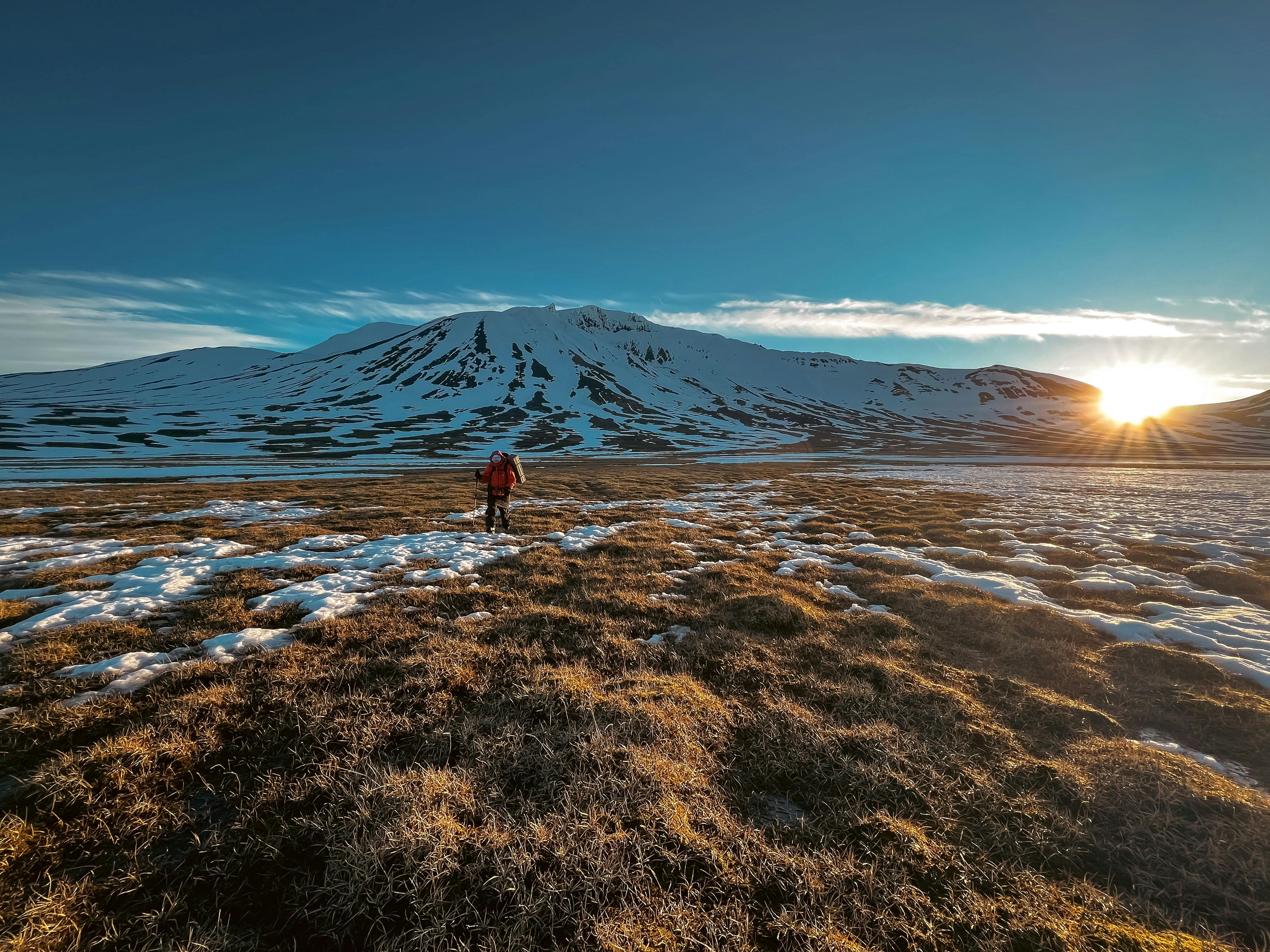
You just can’t sleep well until you’ve summited Snæfell at least once.
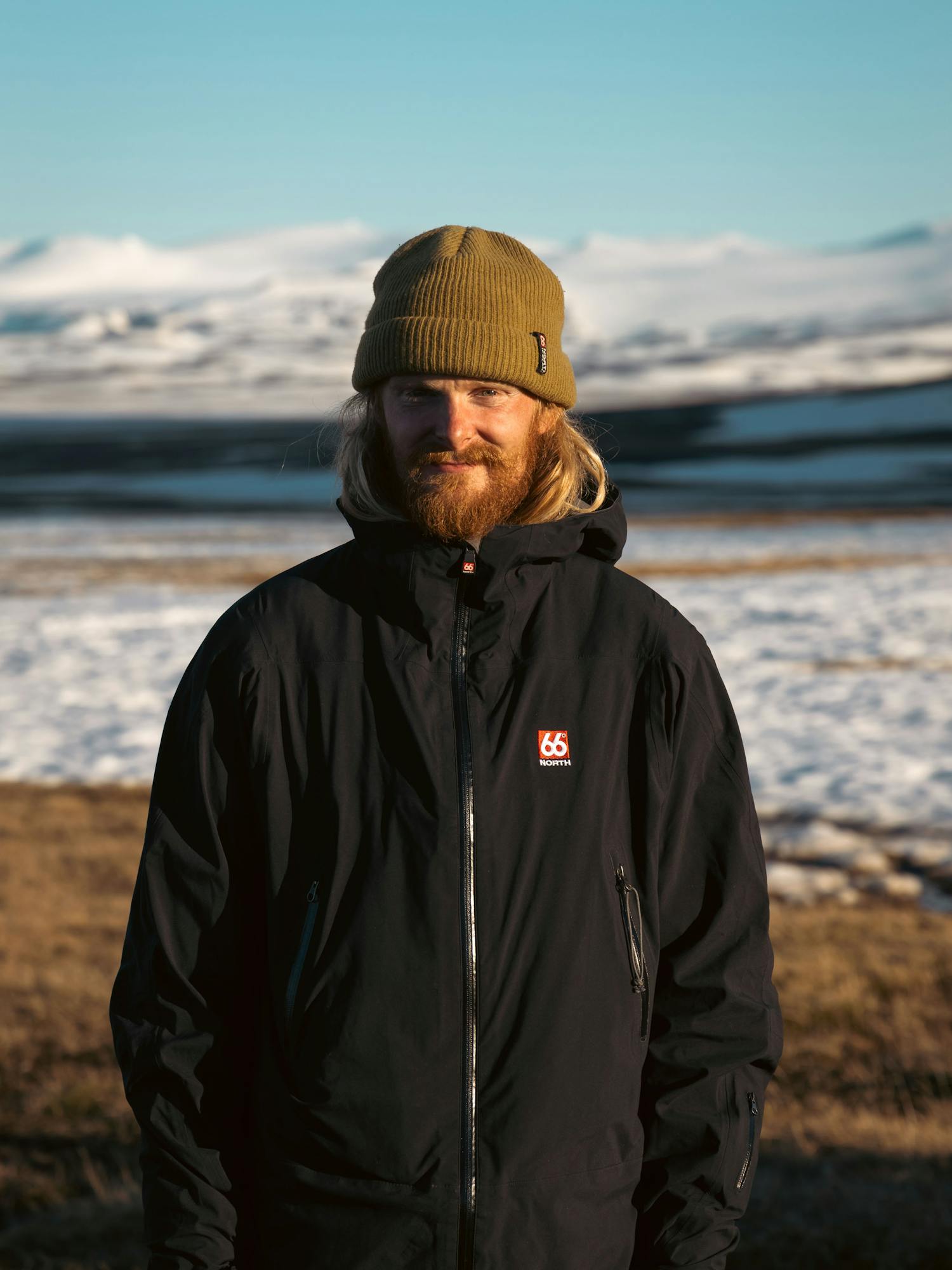
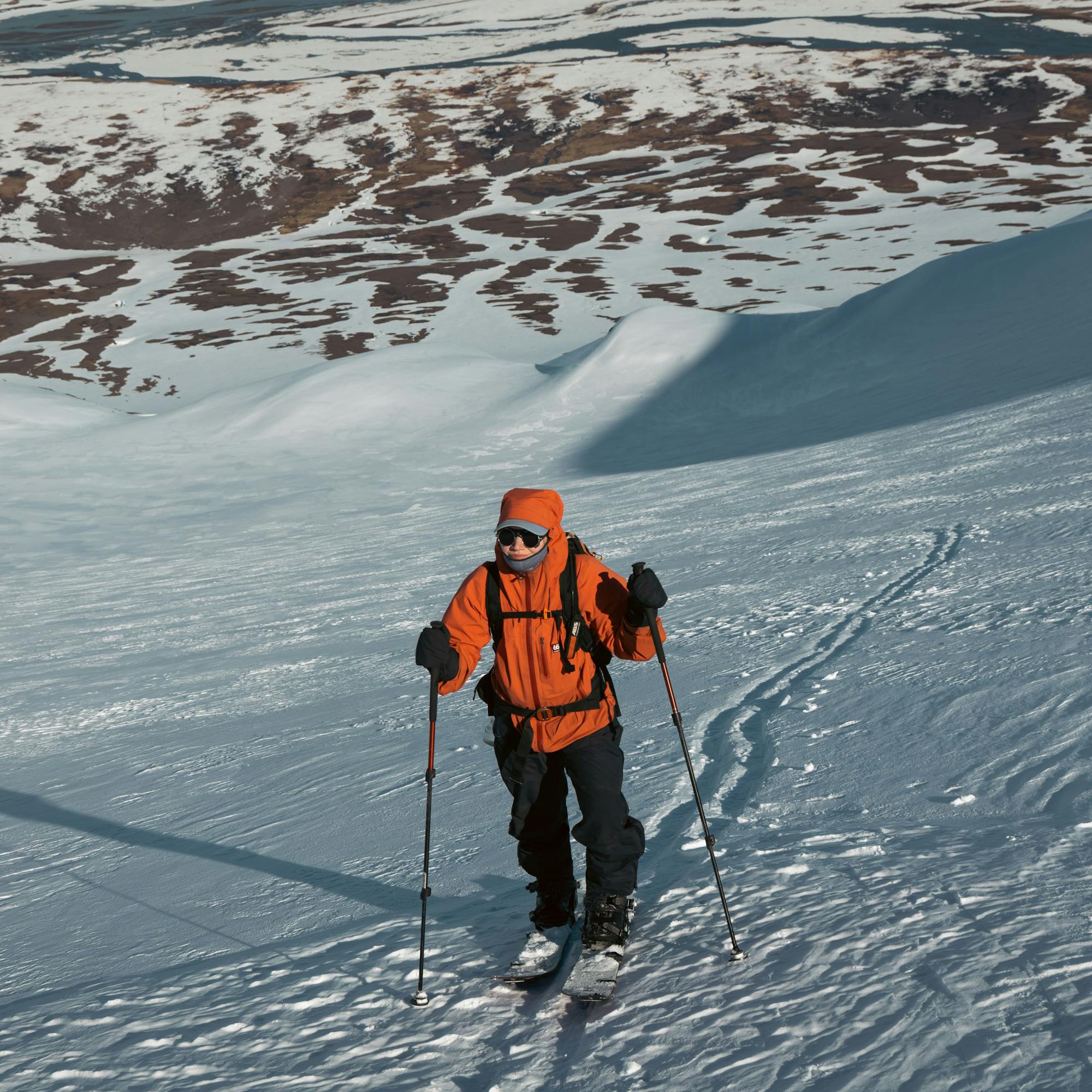


The plan was simple. Get the gear we need and get as close as we could to the southeast roots of the mountain
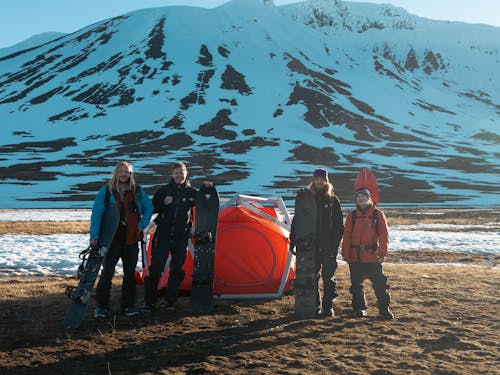
On a weekend in May 2022, a weather window presented itself that looked too good to be true so we knew that we had to go for it. It was time to pack our bags and start the journey. The plan was simple. Get the gear we need and get as close as we could to the southeast roots of the mountain, camp for a few days and ride as much as possible and get home happy and safe.
The team consisted of:
Rúnar Pétur - East Coast born and bred professional snowboarder.
Anni Laura - Finnish park ranger and outdoor lifesaver
Víðir Björnsson - Filmmaker, photographer, musician and surfer
Ívar Pétur - East coast born and bred musician and a wannabe pro snowboarder with no skills to back it up.
The roots of the mountain are ONLY accessible from mid-summer into early fall. The rest of the year you need to prepare well and reserve time and resources just to be able to reach the mountain. As was the case for us. With no roads open yet to get to the base of the mountain we had to cross 5 km. of open plain with rugged terrain mostly covered in snow with rivers, creeks, and ponds appearing from under the winter frost all around, with all the gear required for a weekend of safe riding and camping in the Icelandic highlands. The gear required for a trip like this, even for just two nights, quickly adds up. Splitboard equipment for 4 people, camping gear, clothes for all possible conditions, avalanche and safety equipment, food, cooking equipment, and so forth.
What to wear
Key gear for the trip
As we made our way across the snowy field towards the roots of Snæfell, eager to set up camp, we could not imagine the changes that were about to happen in this area in the next two days. The forecast for the weekend was good but we were about to spend the weekend in a tent remotely in the Icelandic highlands, so from experience one prepares for all conditions to be able to have a safe trip. Weather and conditions change fast up there.
Friday night. We arrive in rather wet and foggy conditions, set up camp, and quickly go to our sleeping bags to reserve energy for the days to come. Saturday morning at around 7 am. We slowly wake up soaking in sweat in our 4 season sleeping bags, but remarkably moderate temperature inside the tent. The 66°North x HEIMPLANET tent already proved its worth by keeping us dry on the humid night before and the temperature mild in the morning when we woke up to not a single cloud in the sky and the sun scorching us and everything around us. The air temperature was close to 15°C already, remarkably high for this part of the country and 700 meters above sea level. Summer had hit overnight. As our eyes slowly adjusted the glaring brightness of the sun, Snæfell towered above us in all its glory! We had no time to waste. Eat food, prep snacks for the backpacks, screw splitboards together, check safety gear, and a lot of sunscreens and off we went.
Snæfell is an enormous mountain and we knew with only two full days to hike and ride we would only be able to scratch the surface of what was possible on the mountain. The mountain offers everything from high alpine mountaineering couloir lines to seemingly endlessly long wide open gullies and riverbeds with playful terrain wherever you look to big open faces with a glacier backdrop. You could spend weeks splitboarding on this mountain alone and never ride the same line twice
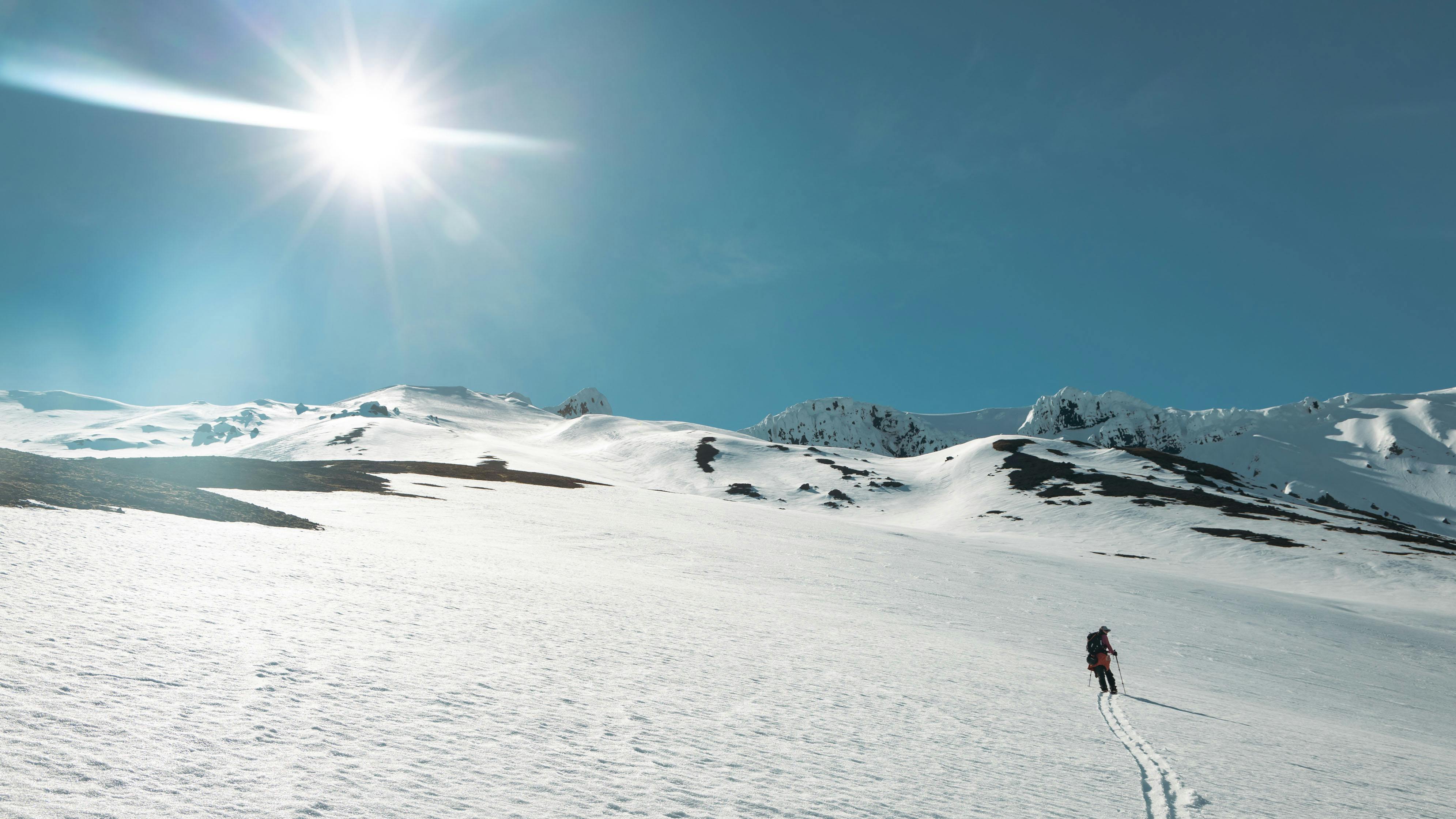
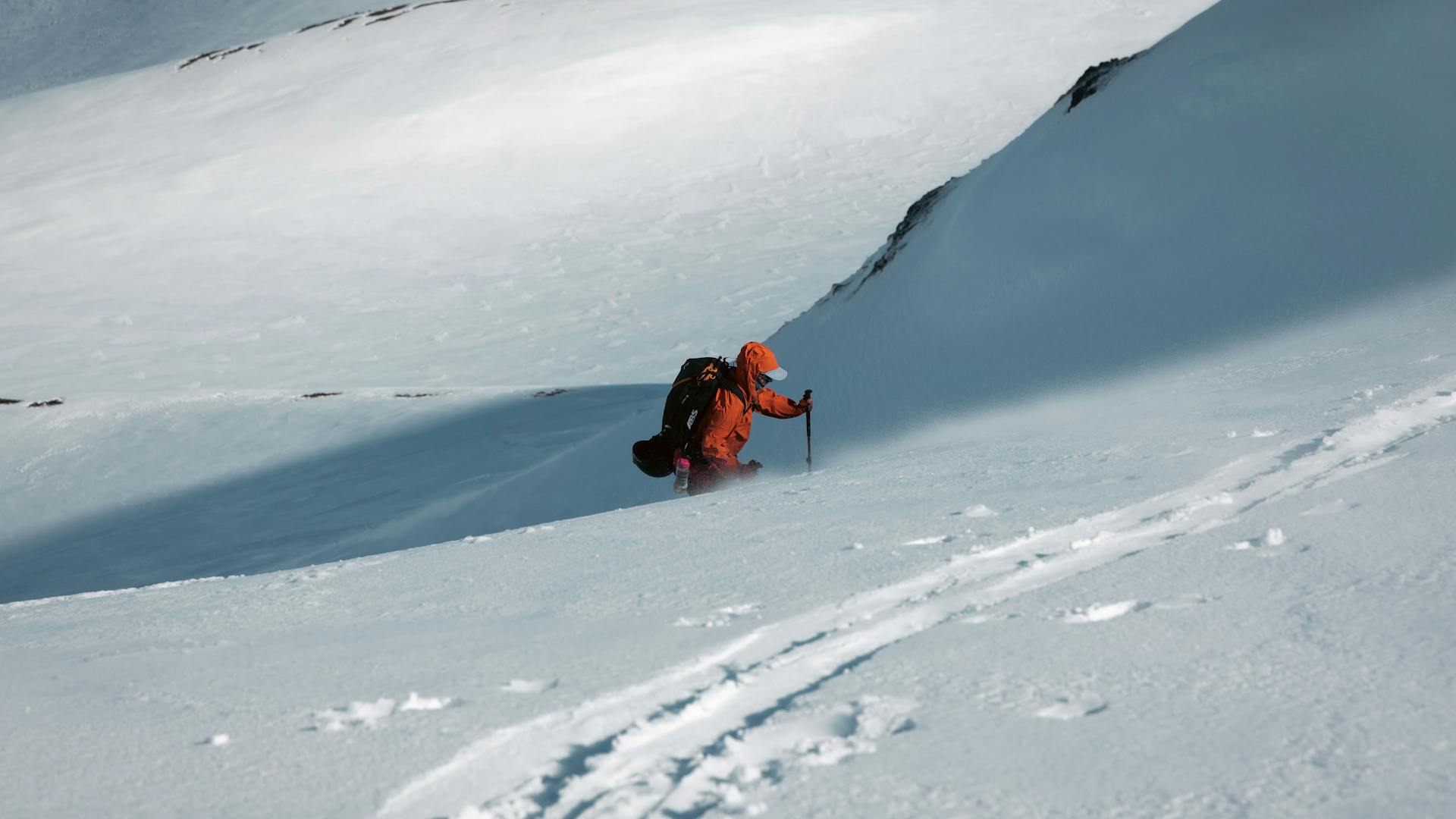
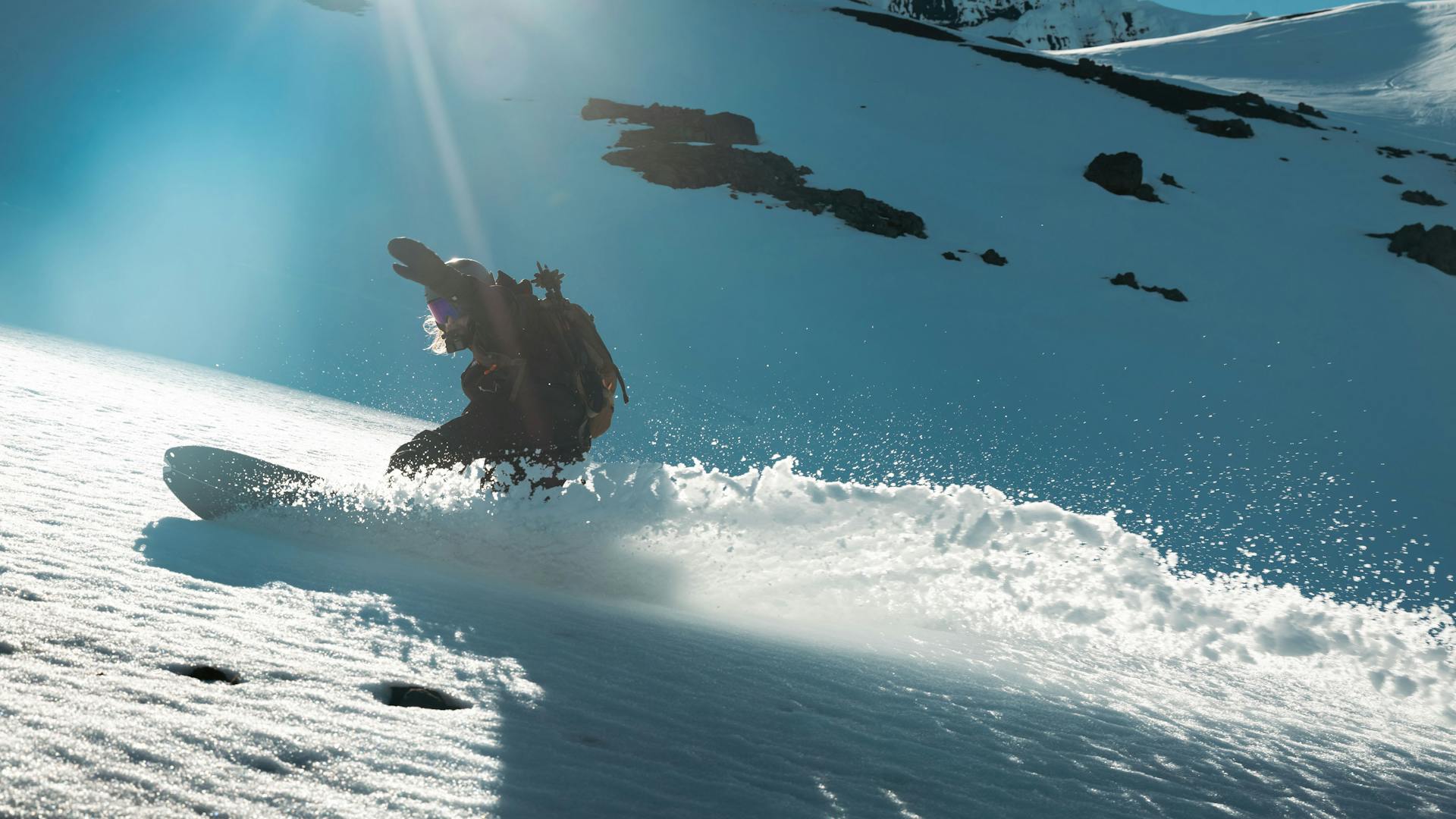
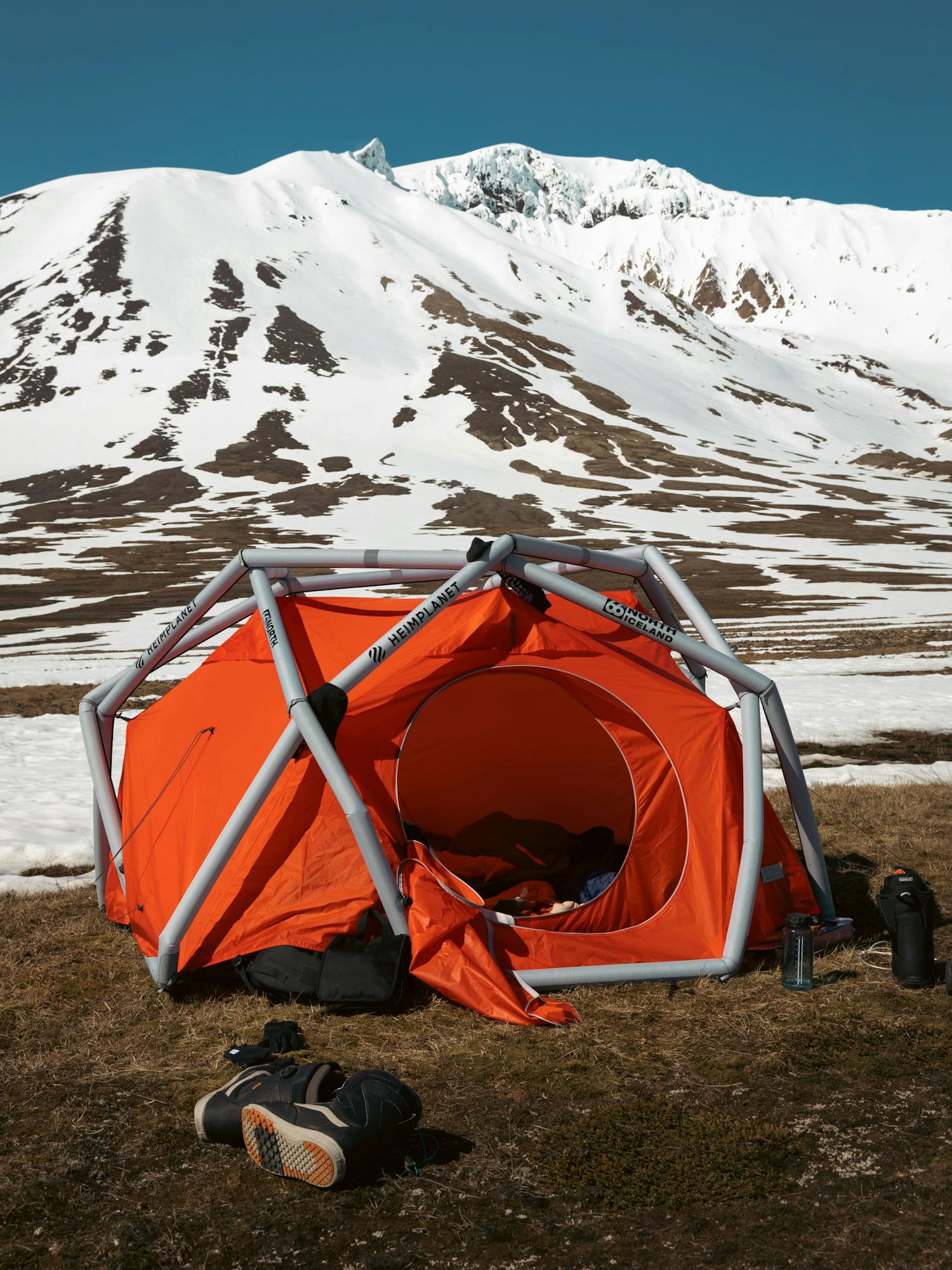
As our eyes slowly adjusted the glaring brightness of the sun, Snæfell towered above us in all its glory
Even though the weather remained good for the entire weekend and we were completely over-prepared (which is way better than being under-prepared), It’s vital to keep in mind that when you reach the top of Snæfell, 1833 meters above sea level in interior Iceland, it’s pretty much always winter up there. As was the case this sunny weekend. The wind was raging and freezing cold. That's when the Snæfell jacket and all the other 66 Layers came in handy.
The two days went by like a dream. Hiking, riding, eating and repeating all in glorious soft and deep spring corn snow with the sun blasting us for about 16 hours of the day. And that's where things became complicated.
Sunday morning we wake up again to the glaring sun and heat. Excited to get going, we prepare and start skinning up the mountain. We are aiming for a new line today but we hike up the same way as the day before, with beautiful views southwest over Vatnajökull. It’s only at the end of our hike when we cross over a ridge and reach the starting point of our line that we see southeast over our camp and the seemingly endless snowy plains we traveled across only two days before. To our horror, it now looks like a seemingly endless plain of rivers, creeks, ponds, lakes, and mud and very limited snow left. We have 4 km of plains to navigate with our gear.
We scout from up top as best as we can, take pictures and mental notes, ride a glorious 1000 meters of vertical drop down to our camp and start the mission to get back home. We found a complicated line of snowy patches and narrow lines that should be able to get us back. In the afternoon after skinning to the top of Snæfell, riding, and packing our camp we start the trek back with all the gear. It is safe to say that the trip back was more complicated than the trip to get to the mountain two days before. Our only option is to make the trek back on our splitboards as we can not put them on our backs with the gear we already have. The trip is nerve-racking on the narrow patches of snow that are left, with water running all around and under our feet as we can hear clearly from beneath the snow we are walking on.
After a good few hours of trekking, we finally arrive back to our car, just in time before pitch darkness. We arrive exhausted but happier than ever before in warm beds in Egilsstaðir around 3 am
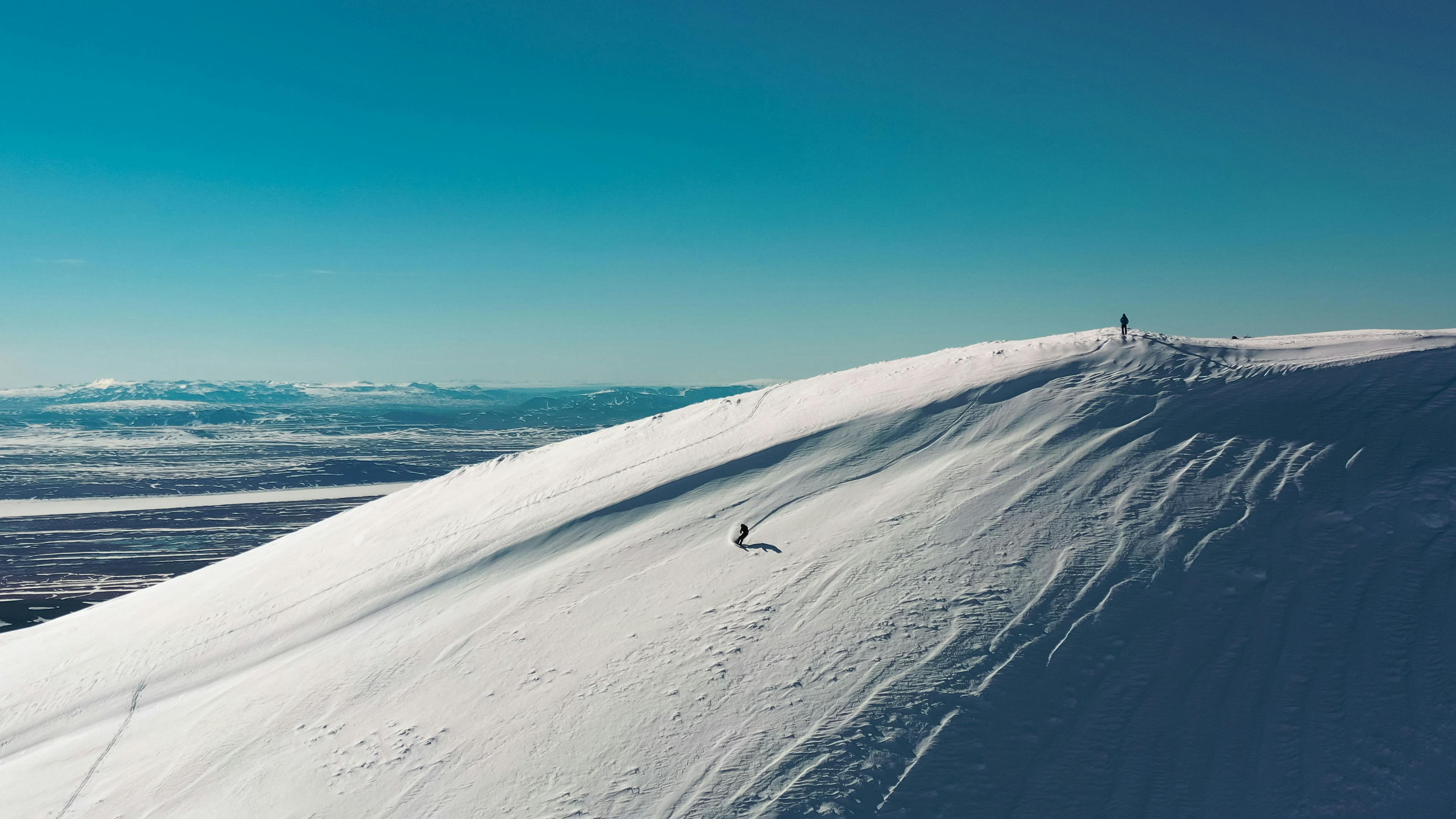
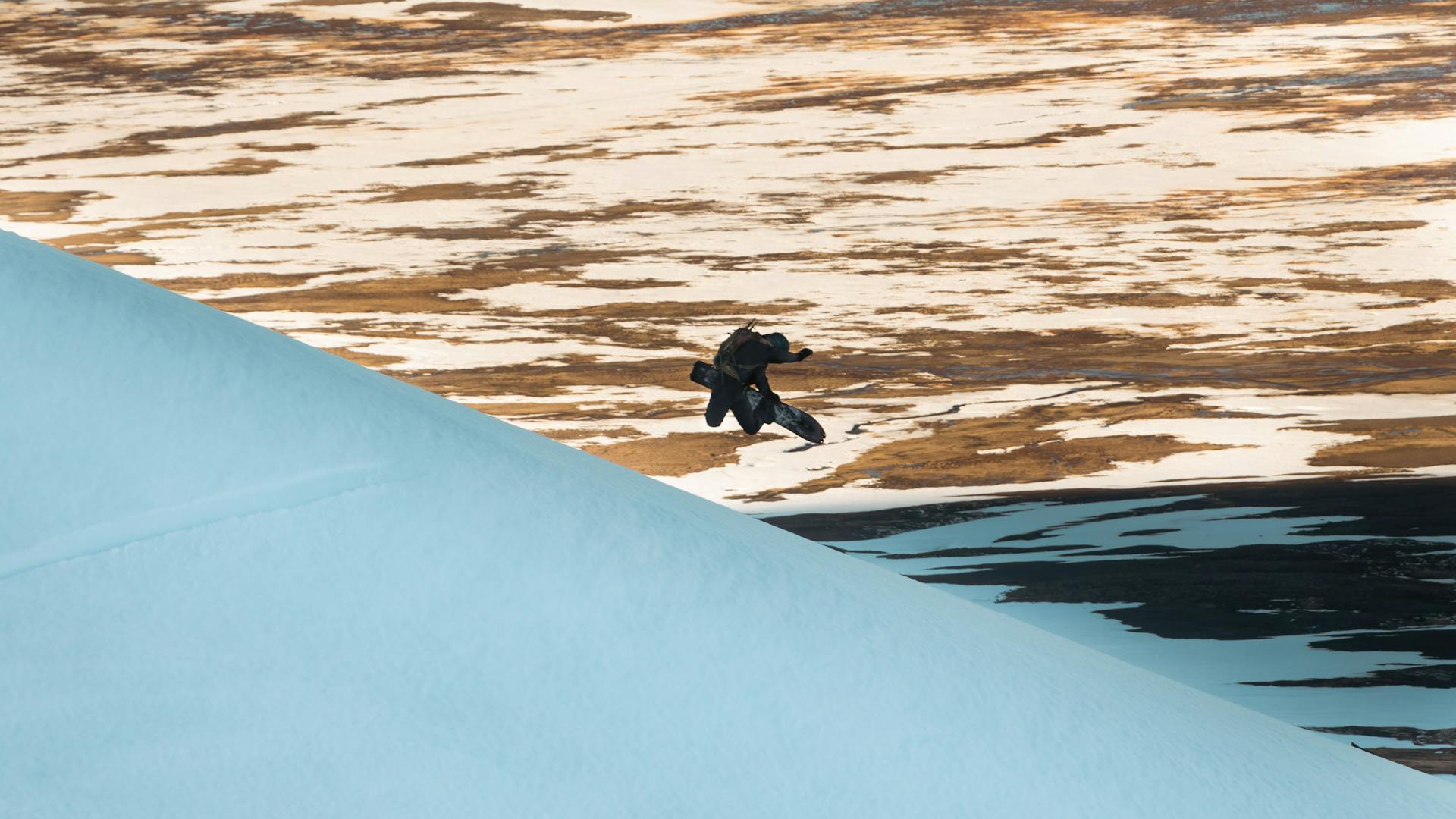
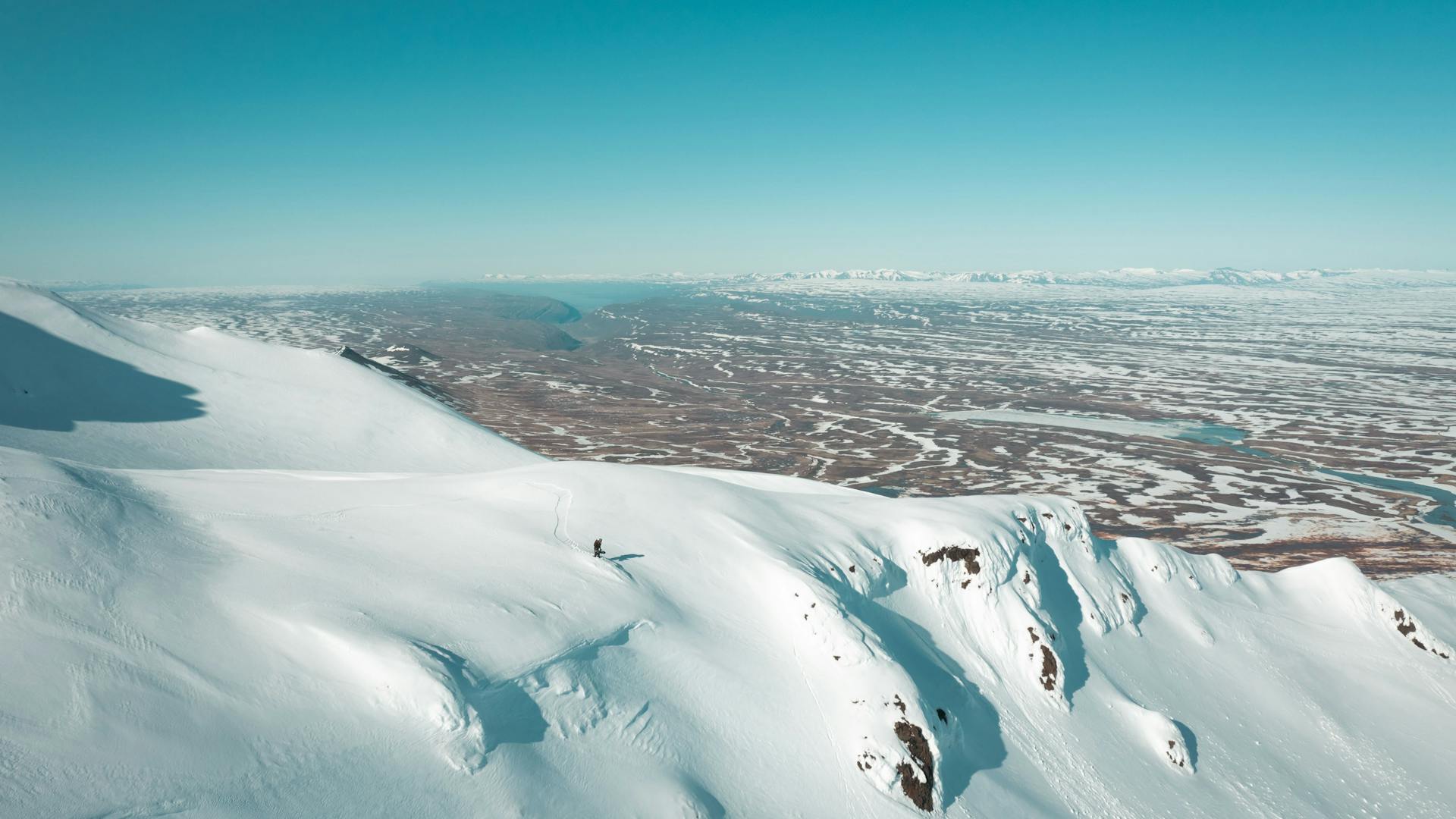
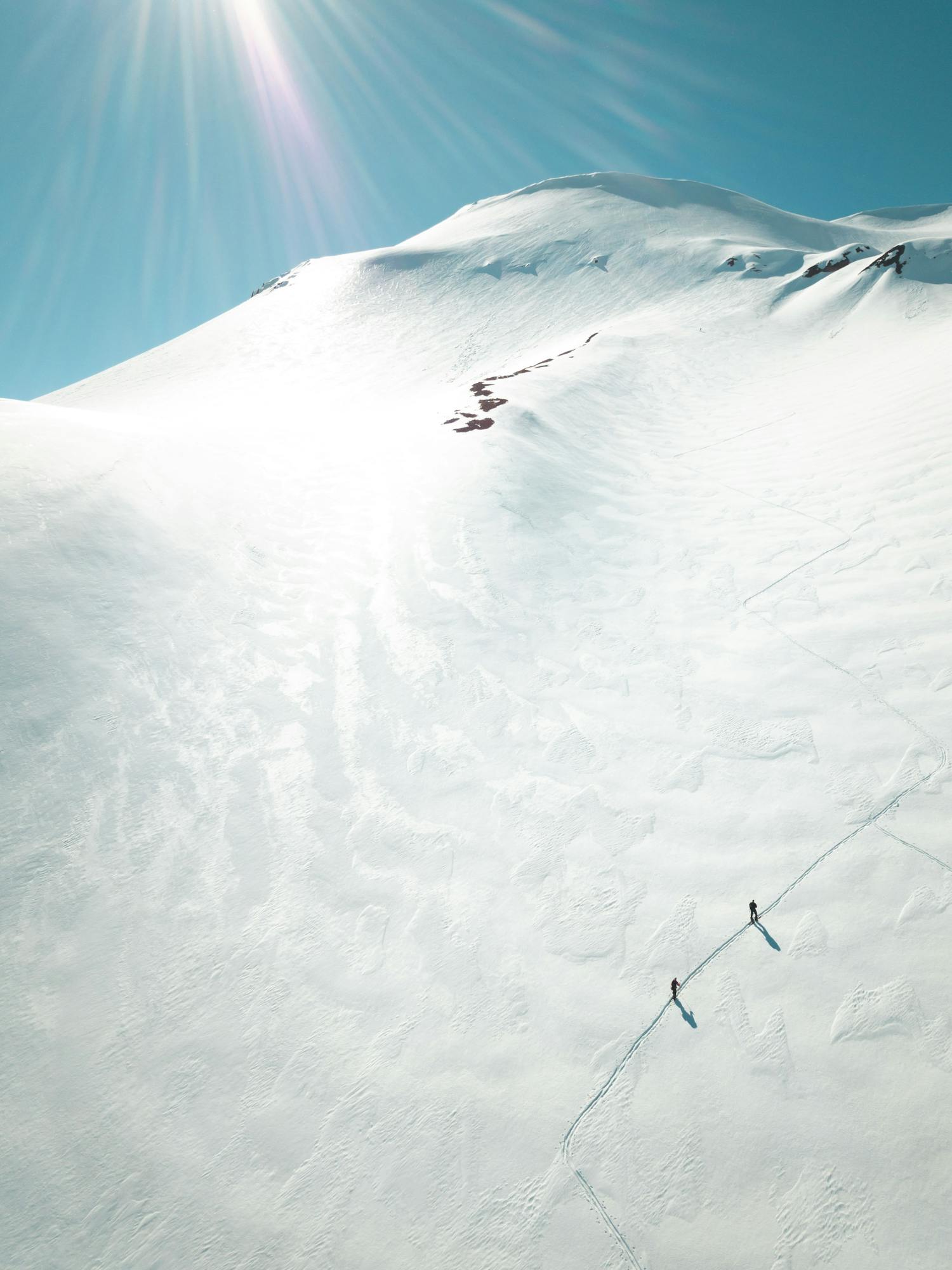
Keep reading
Norður Journal
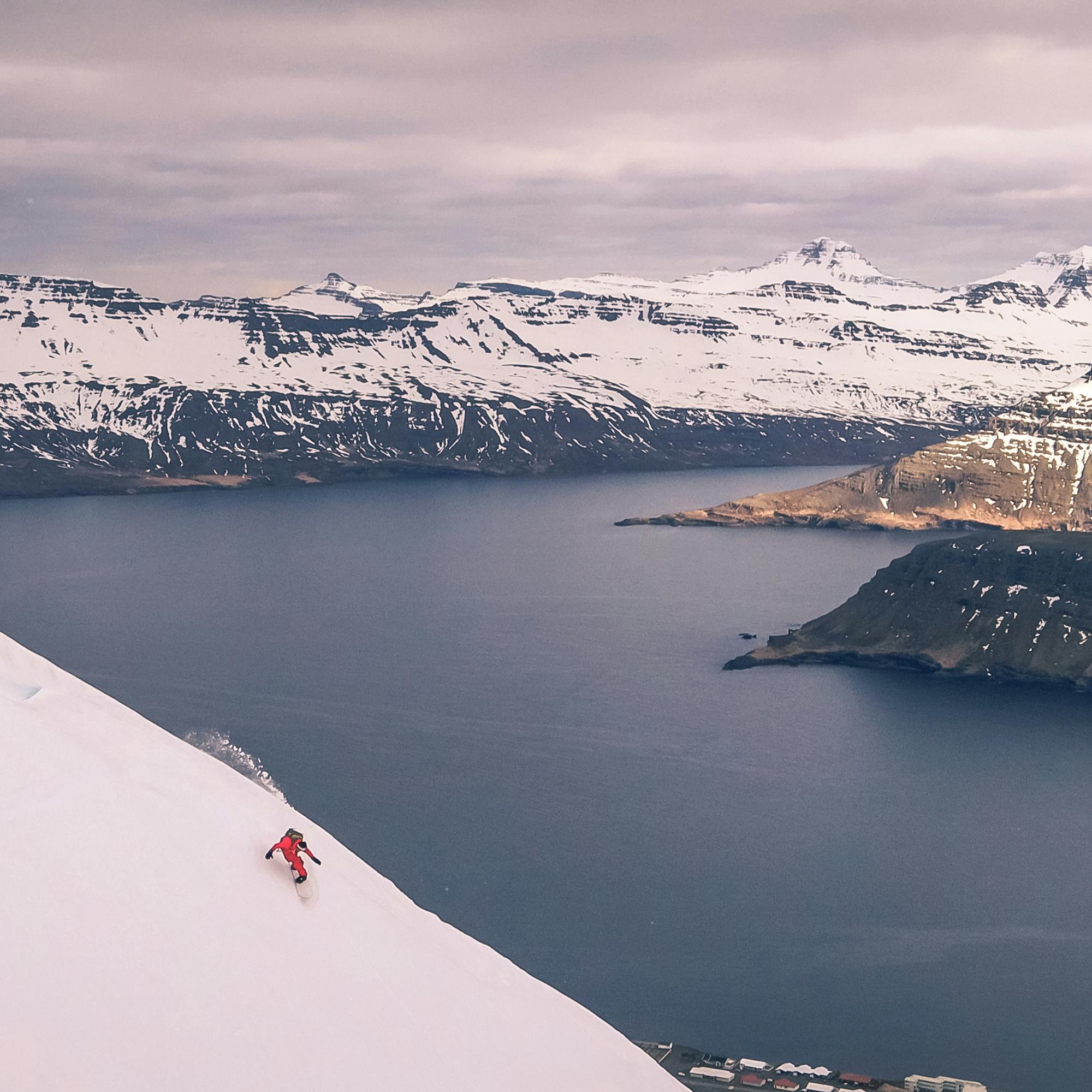
Rúnar Pétur Hjörleifsson was born and raised in Eastern Iceland, in Neskaupstaður, surrounded by the soaring mountains that provide a scenic backdrop to the town.
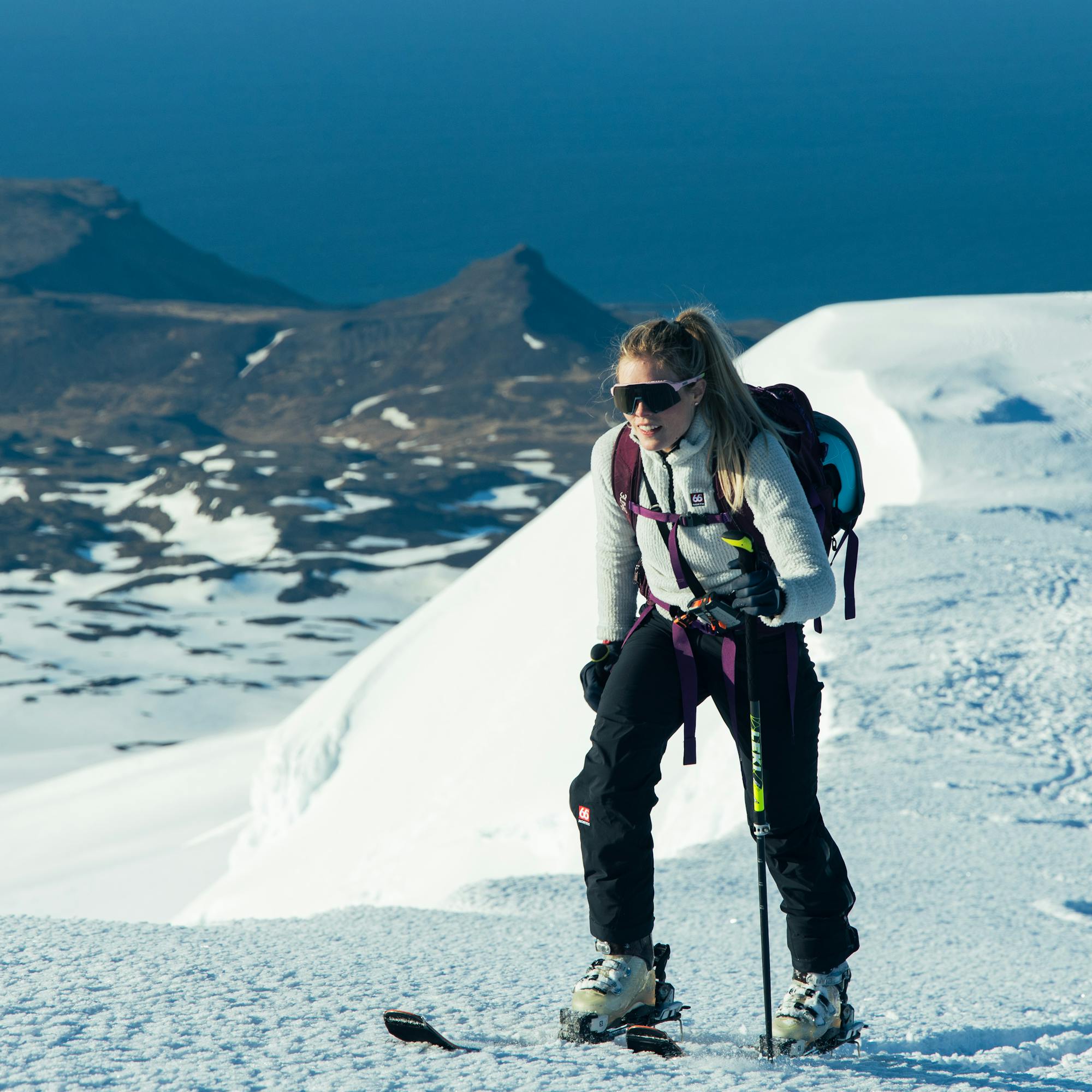
Facing the possibility of complete paralysis at the age of 19, Fanney Þorbjörg’s exceptional mindset has brought her to a place once considered impossible.
.jpg?auto=compress%2Cformat&rect=1153%2C0%2C4609%2C4609&w=2000&h=2000&ar=1%3A1&fit=crop&cs=tinysrgb)
You don't need another ski jacket. Try ditching the ski jacket this winter. Our products are just as home in the white slopes of the mountains as they are in the heart of the city. Whether on the steep slopes or in the bustle of the city, our clothes will help you embrace the elements. The answer simply lies in layering.